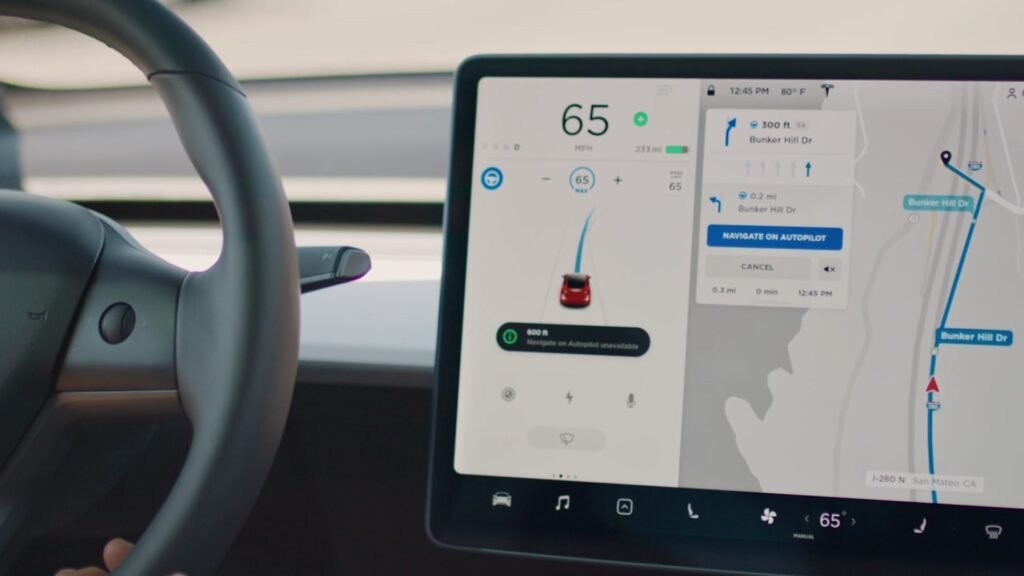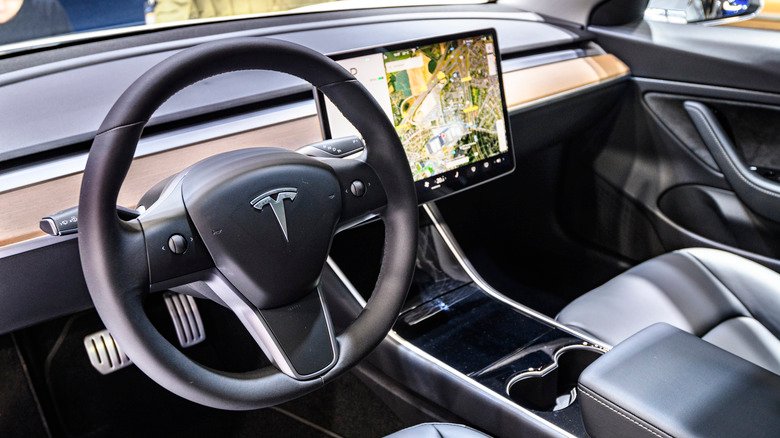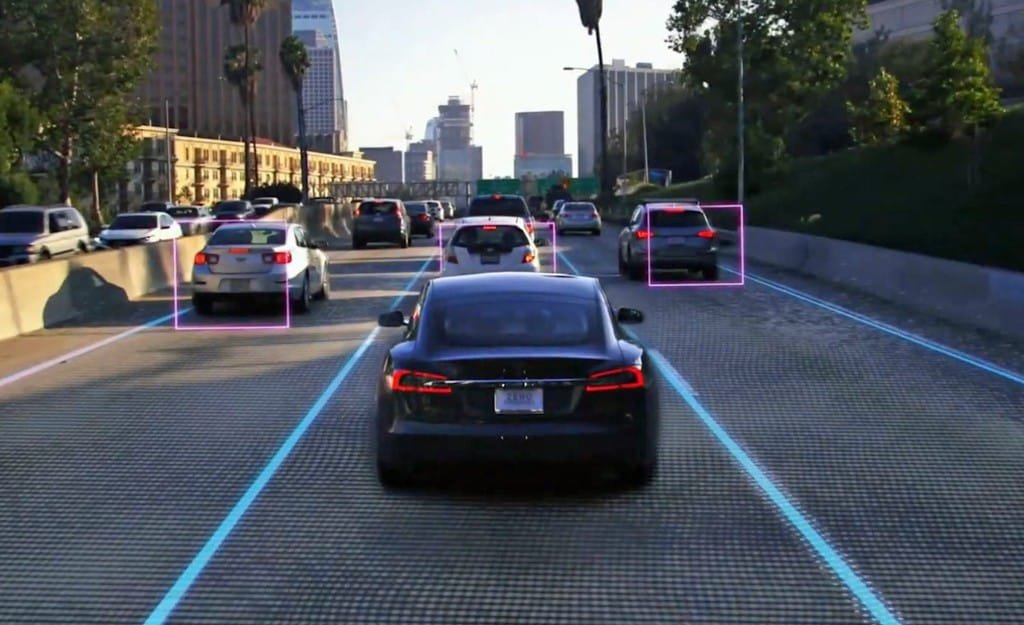The rate of technology advancement in automobiles is remarkable. Driving has evolved far beyond the use of the steering wheel and braking pedals. Most modern cars are equipped with advanced driver assistance systems. These systems can aid with steering, maintaining speed, and changing lanes. However, two terms which seem to baffle many people are Full Self Driving Supervised and Basic Autopilot.
What is Basic Autopilot?
Basic Autopilot is the first level of driving assistance features. It assists the driver with basic functions such as:
- Lane keeping
- Speed management with surrounding vehicles
- Acceleration and braking functions
It’s not a substitute for the driver. Moreover, the driver should keep their hands on the steering wheel and eyes on the road. It is best to think of it as a co-pilot, not a pilot.

What is Full Self Driving Supervised?
Full Self Driving Supervised is an enhanced system. It expands on Basic Autopilot’s features. With this the car is able to:
- Change lanes automatically when it is safe
- Exit and enter highways
- Navigate through traffic lights and stop signs
- More advanced driving tasks
However, it is still called “Supervised” because the driver needs to remain vigilant. The system does not mean the car drives on its own and “Supervised” implies that the driver is always in control.
Full Self Driving Supervised vs Basic Autopilot: Main Differences
1. Level of Assistance
Basic Autopilot is confined to lane keeping and speed management. Full Self Driving Supervised enhances these abilities with features such as responding to indicators and traffic lights, as well as lane changes.
2. Driver Responsibility
In both scenarios, a driver must always keep an eye on things. In Full Self Driving Supervised Mode, the system does more work. This allows the driver to monitor more and do less manual work.
3. Everyday Use
The Basic Autopilot works best on highways and during longer trips. Full Self Driving Supervised works on both highways and within smaller towns. It manages signals, turning, and other traffic situations much better.
4. Complexity
The Basic Autopilot is straightforward. Full Self Driving Supervised does require some extra work learning the system. Drivers must trust the system, but should always be ready to take over steering.
Why Do These Differences Matter?
The differences do matter, because it changes the way you would interact with your vehicle. With Basic Autopilot, you have an easier assistant to help during driving. With Full Self Driving Supervised, you have sophisticated assistance that feels just shy of a self driving car.
Even so, both systems need a human eye to supervise. These systems make driving simpler, but not take over.
Safety and Limitations
Many people believe these systems mean “self-driving cars,” which is not true. Both require the driver to be aware, as no road situations can be managed in full autonomy.
For instance, unexpected weather, bad road signs, or erratic drivers might throw the system off. In those situations, the driver will need to intervene manually.
This is also the reason we emphasize the word, “Supervised.” It aids as a reminder that while technology is available to help, humans are still the primary decision makers.
Full Self Driving Review: What Users Are Saying
Full Self Driving Supervised users often feel like they are experiencing the Future Of Self Driving Vehicles with how advanced the technology is. It alleviates stress during long or challenging trips, and many users appreciate its proficiency in managing lane changes and traffic light navigation.
At the same time, other reviews describe the system as lacking. It sometimes requires drivers to quickly switch from a hands-off approach during critical moments. This is why the system still requires continued supervision.
For the most part, users appreciate the system as a helpful tool rather than a full replacement for driving, making it an important step toward the broader Future Of Self Driving Vehicles.
Which Option is Right For You?
The decision between choosing Basic Autopilot or Full Self Driving Supervised depends entirely on your personal requirements:
- Basic Autopilot is sufficient for those who require only basic support with driving along the highway.
- Full Self Driving Supervised is the better option for those looking for advanced features, a more hands-off approach, and are willing to supervise the system.
Technology Aversion describes your comfort level with technology. Your technology comfort level diverges into two groups. Advanced features may appeal to a particular person, while others find joy in simplicity.

Driving Assistance’s Future
New technologies come out every day. These features may be regarded as oversights in the coming future. Further advancements to features are a guarantee.
For the time being, drivers must remember both systems are intended to assist, not substitute, free will. Good defenses are still reliant on human perception, decision making, and judgment.
FAQS
- Is Full Self Driving Supervised the same as a self-driving car?
No, this functionality operates under the supervision of a driver and must be alert at all times. It will not be a fully self-driving system, but rather relies on driver supervision.
- Can the Basic Autopilot function drive the car without me?
No, Basic Autopilot aids in maintaining a lane and controlling the car’s speed. The driver needs to actively maintain control.
- Between Basic Autopilot and Full Self Driving Supervised, which is safer?
Both can provide safety benefits under the right conditions. However, both require complete driver attention.
- With Full Self Driving Supervised, do I still need to have my hands on the steering wheel?
Yes. While the system can take on more tasks, drivers need to supervise and control the system. hands must be at the wheel.
- Is it worth moving from Basic Autopilot to Full Self Driving Supervised?
Basic Autopilot and Full Self Driving Supervised differ in terms of the latter’s features. Depending on whether you drive in the city, the latter may be more beneficial.

